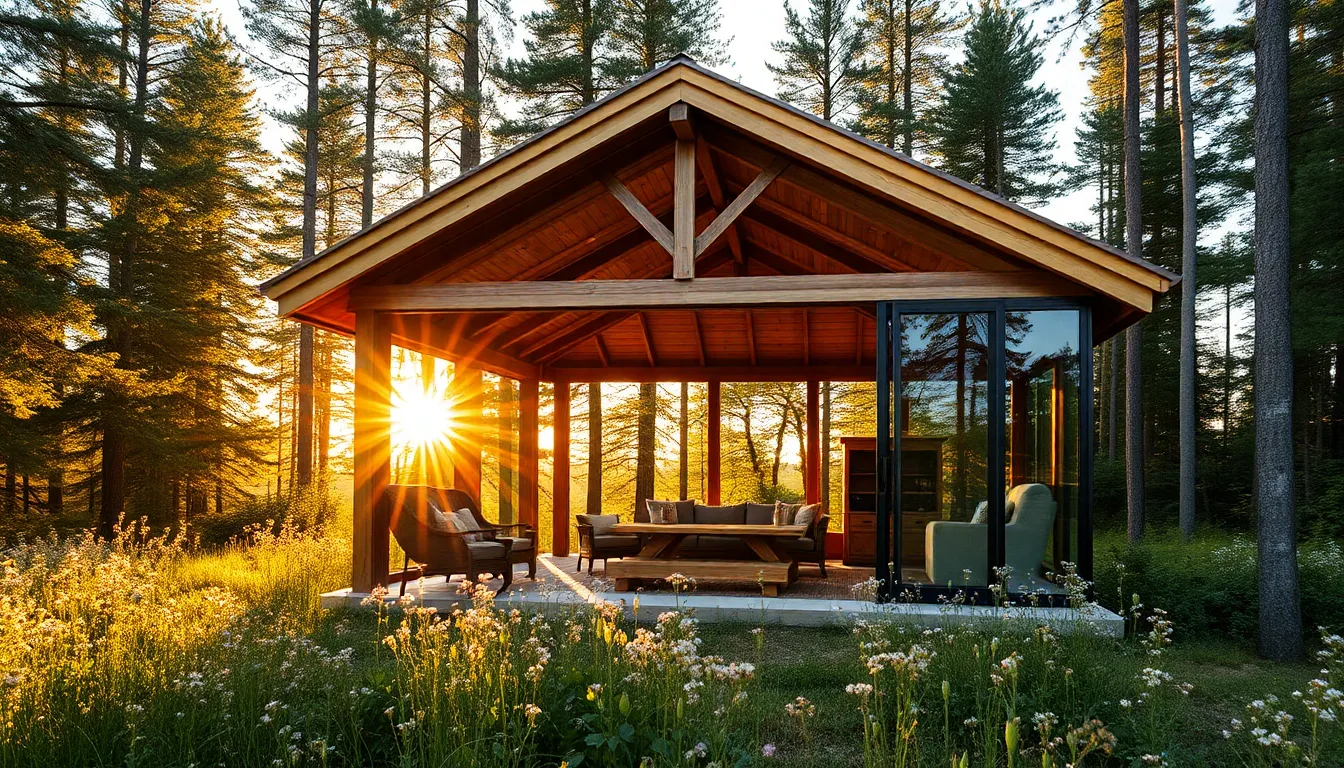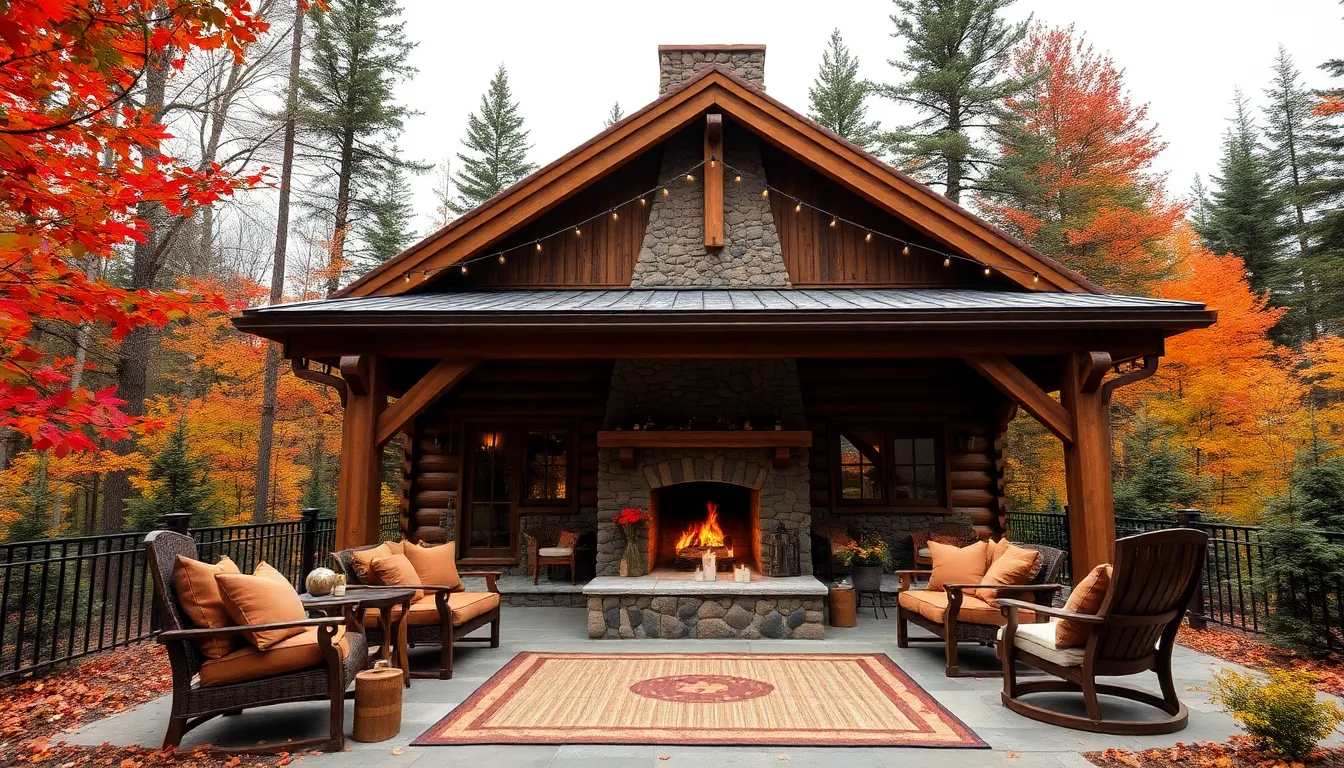Imagine stepping into your backyard and feeling as though you’ve been gently embraced by nature itself. Whether you’re a beginner dreaming of your first outdoor haven or a seasoned homeowner seeking to refine your garden’s charm, the art of designing shelters that seamlessly blend into the natural world is both inspiring and attainable. Outdoor living is more than just a trend; it’s an opportunity to extend your home beyond its walls, creating a harmonious retreat that rejuvenates and revives.
In this article, we’ll explore eight innovative shelter designs that harmonize with the environment while providing comfort and style. From elegantly rustic pergolas to contemporary shaded nooks, you’ll discover practical insights and creative ideas to transform your outdoor space into a sanctuary that feels like a natural extension of your home. Whether you’re looking to escape the summer sun or host an intimate gathering under the stars, these designs promise to enhance your connection to the great outdoors.
Camouflaged Treehouse Retreats
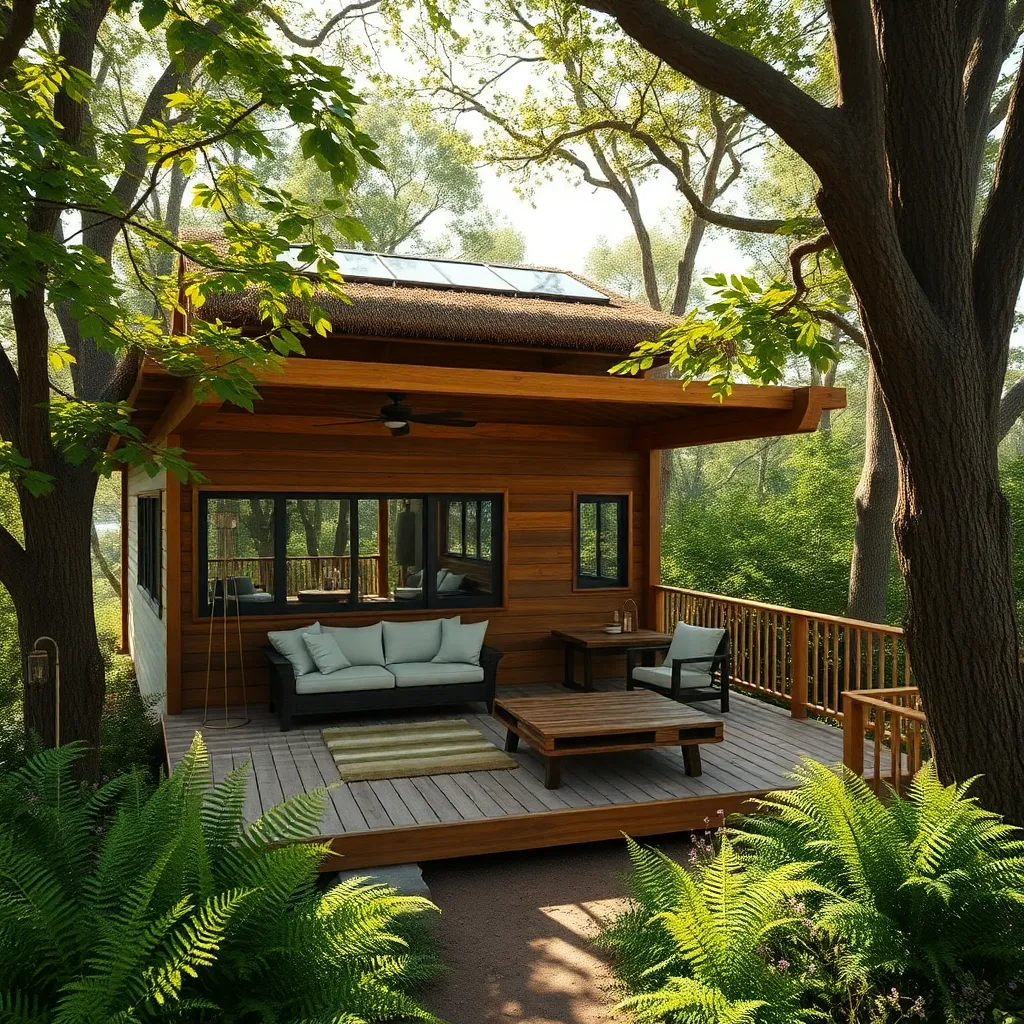
For those looking to create a serene hideaway, building a camouflaged treehouse retreat offers an ideal solution to blend seamlessly into nature. Begin with selecting a sturdy, mature tree, ensuring it has a trunk diameter of at least 12 inches for stability. Use natural materials like untreated wood and eco-friendly stains to maintain the organic look. To further enhance camouflage, incorporate elements such as green roofing with native plants or climbing vines to merge your treehouse with the surrounding canopy. This not only creates an appealing aesthetic but also fosters a mini-ecosystem.
Consider the treehouse design carefully by opting for irregular shapes and natural lines that mimic the forms found in nature. Large, panoramic windows made of durable, UV-resistant glass can be strategically placed to offer stunning views while maintaining privacy. For a beginner-friendly approach, start with a simple platform and gradually add features like a rope bridge or a pulley system for added functionality. For those with more experience, integrating solar panels can make your retreat self-sufficient and sustainable. With attention to detail and thoughtful design, your treehouse will become a hidden gem in your garden landscape.
Earth-Sheltered Living Spaces
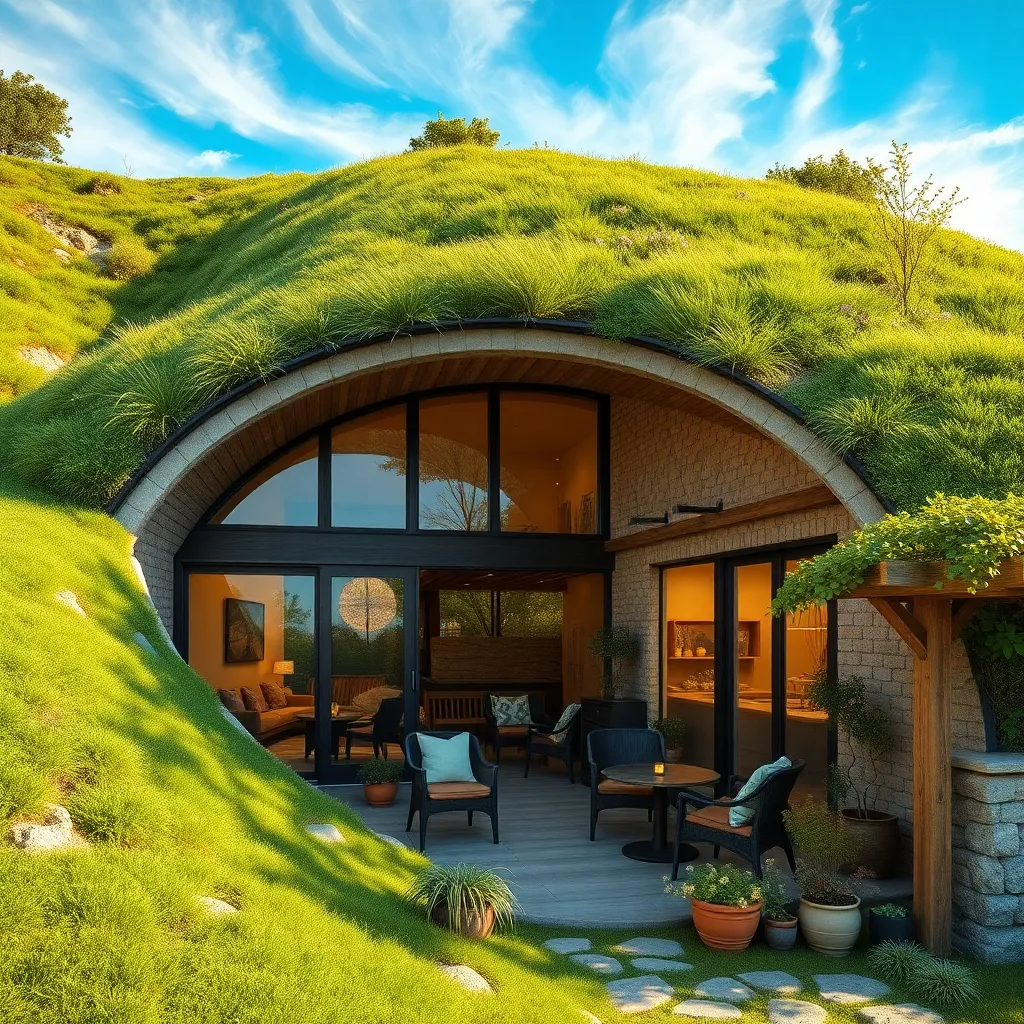
For those seeking a natural and energy-efficient shelter, earth-sheltered living spaces offer a seamless blend into the environment. These structures are often built into the side of a hill or covered with soil, which adds insulation and reduces heating and cooling costs. Beginners can start by selecting a site with good drainage and a slope of about 20-30 degrees for optimal rainwater runoff. Use durable materials like reinforced concrete and waterproof membranes to ensure the structure withstands soil pressure and moisture.
To enhance the aesthetic appeal and functionality of your earth-sheltered space, consider incorporating skylights or strategically placed windows to maximize natural light. Advanced builders might experiment with green roofs, using native plants to further insulate the home while blending it into the landscape. Ensure ventilation is adequate by installing vents or exhaust fans to prevent humidity buildup. With these techniques, homeowners can create a sustainable retreat that harmonizes with its surroundings.
Green Roof Hideaway Designs
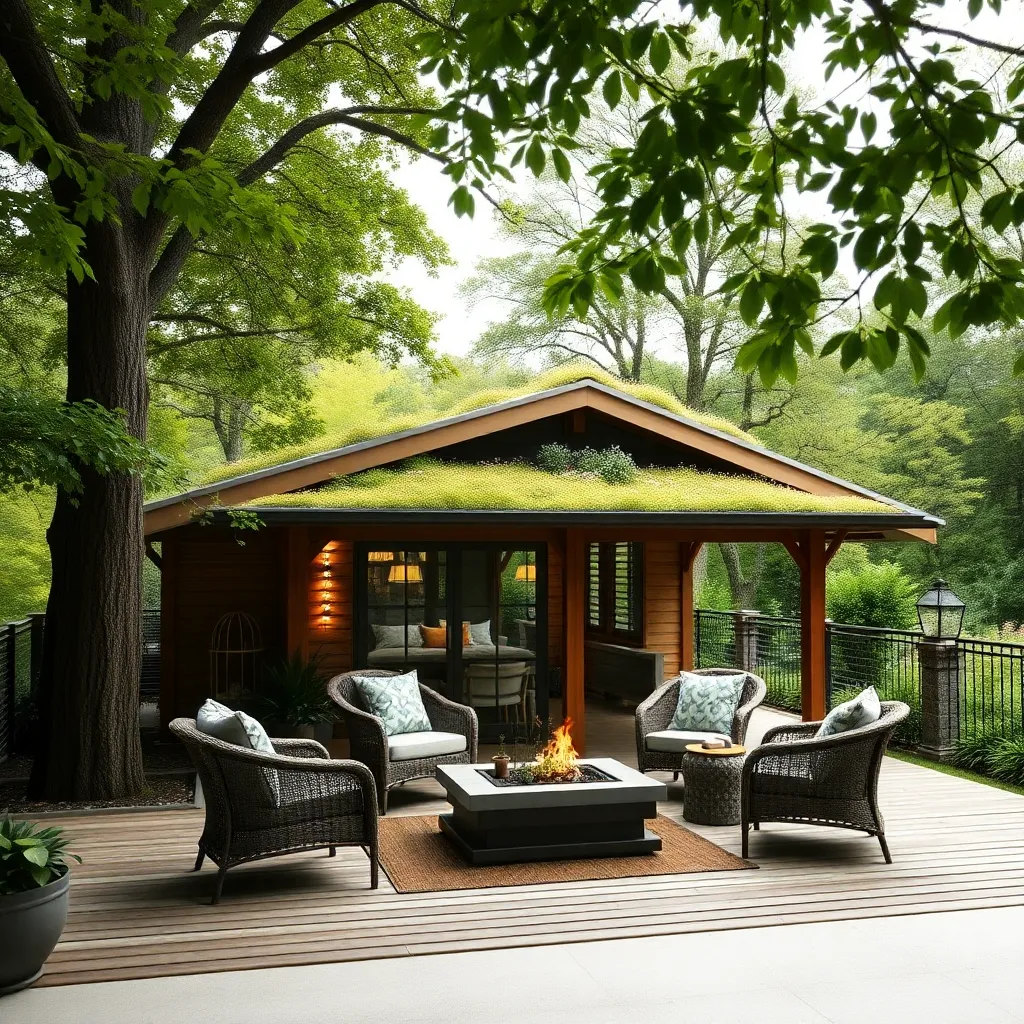
Transforming your outdoor space with a green roof hideaway is a sustainable choice that blends seamlessly into the natural landscape. Begin by selecting a sturdy structure, like a small shed or gazebo, that can support the weight of a living roof. Use lightweight, durable materials such as a reinforced metal or wood frame topped with a waterproof membrane. This setup ensures that your green roof can handle soil and plants without compromising structural integrity.
For a lush, thriving roof, choose low-maintenance plants like sedums, grasses, and succulents that can withstand varying weather conditions. Install a root barrier and a good drainage layer to prevent water accumulation, ensuring your plants thrive without damaging the structure. To add a touch of sophistication, consider integrating a drip irrigation system, which keeps maintenance minimal while ensuring consistent watering. For advanced gardeners, experimenting with native wildflowers can add color and attract pollinators, enhancing the biodiversity of your space.
Natural Material Cabins
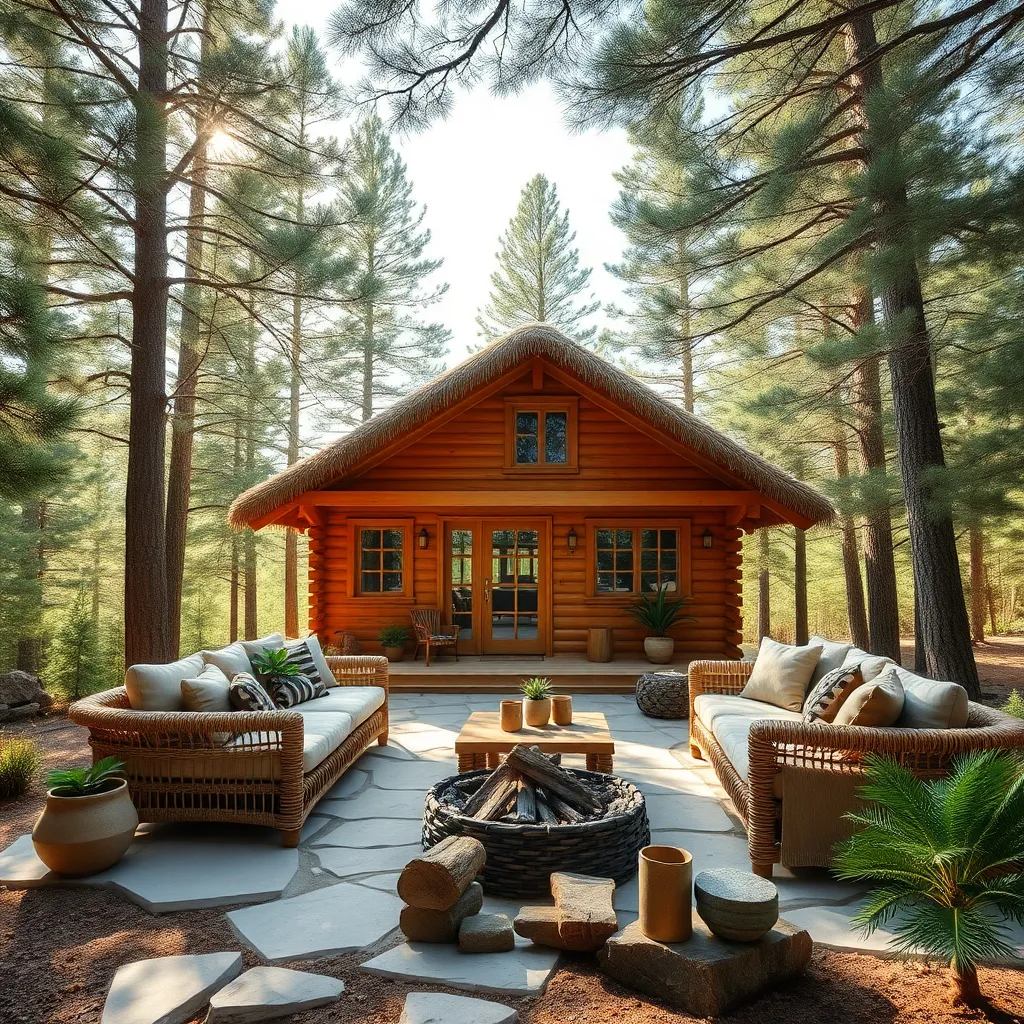
Natural material cabins are a perfect choice for those looking to blend their outdoor shelters seamlessly into the surrounding environment. These cabins can be crafted from locally sourced timber, stone, or even straw bales, offering sustainable and eco-friendly options. For beginners, starting with a simple wooden frame and incorporating stone accents can create a rustic yet sturdy design. Consider using untreated wood, such as cedar or pine, which ages beautifully and requires minimal maintenance.
For those with more experience, incorporating advanced techniques like timber framing or cob construction can add an artisanal touch to the cabin. Ensure your design includes wide overhangs to protect the walls from weather damage and consider a green roof to enhance insulation and ecological value. Key dimensions for a cozy cabin might include a floor area of around 150-300 square feet, depending on your space and needs. Always remember to position your cabin to take advantage of natural light, which can reduce energy consumption and keep the interior warm and inviting.
Rock-Integrated Shelter Concepts
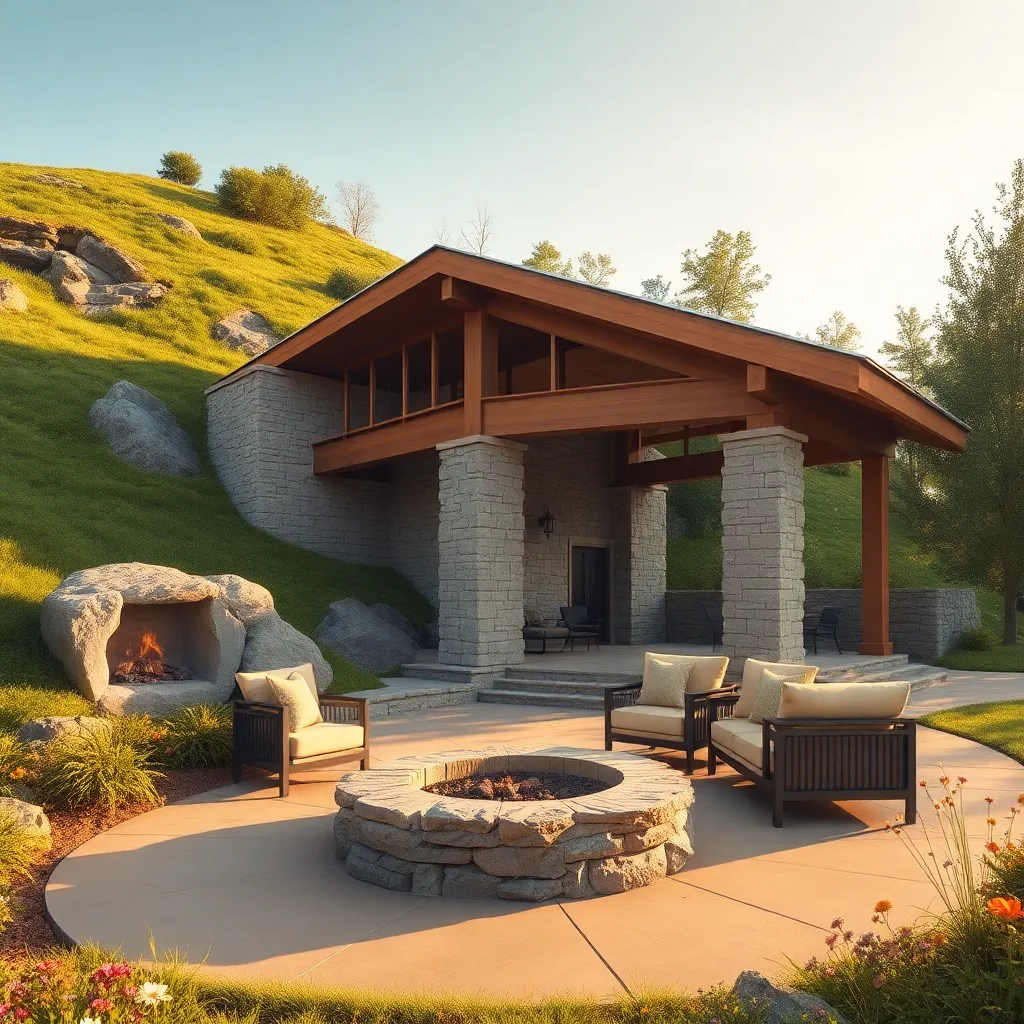
Integrating rocks into your outdoor shelter design not only enhances natural aesthetics but also boosts durability. Begin by selecting large, flat stones for the foundation and walls; this provides a stable base and excellent insulation. Natural stone blends seamlessly with the surrounding environment, offering both visual appeal and weather resistance. For beginners, a simple dry-stacked stone wall can be both a functional and decorative element, requiring basic tools like a level and a sturdy mallet.
To elevate your rock-integrated shelter, consider combining stone with timber for a rustic yet elegant look. Use wood beams to create a frame, then fill gaps with smaller rocks or stone veneers for added texture. Advanced builders might explore green roofs, which involve layering soil and plants over a waterproof membrane atop the shelter. This not only adds insulation but also fosters biodiversity. Ensure all materials are sourced locally to reduce costs and maintain a cohesive natural appearance with the surrounding landscape.
Woodland Canopy Structures
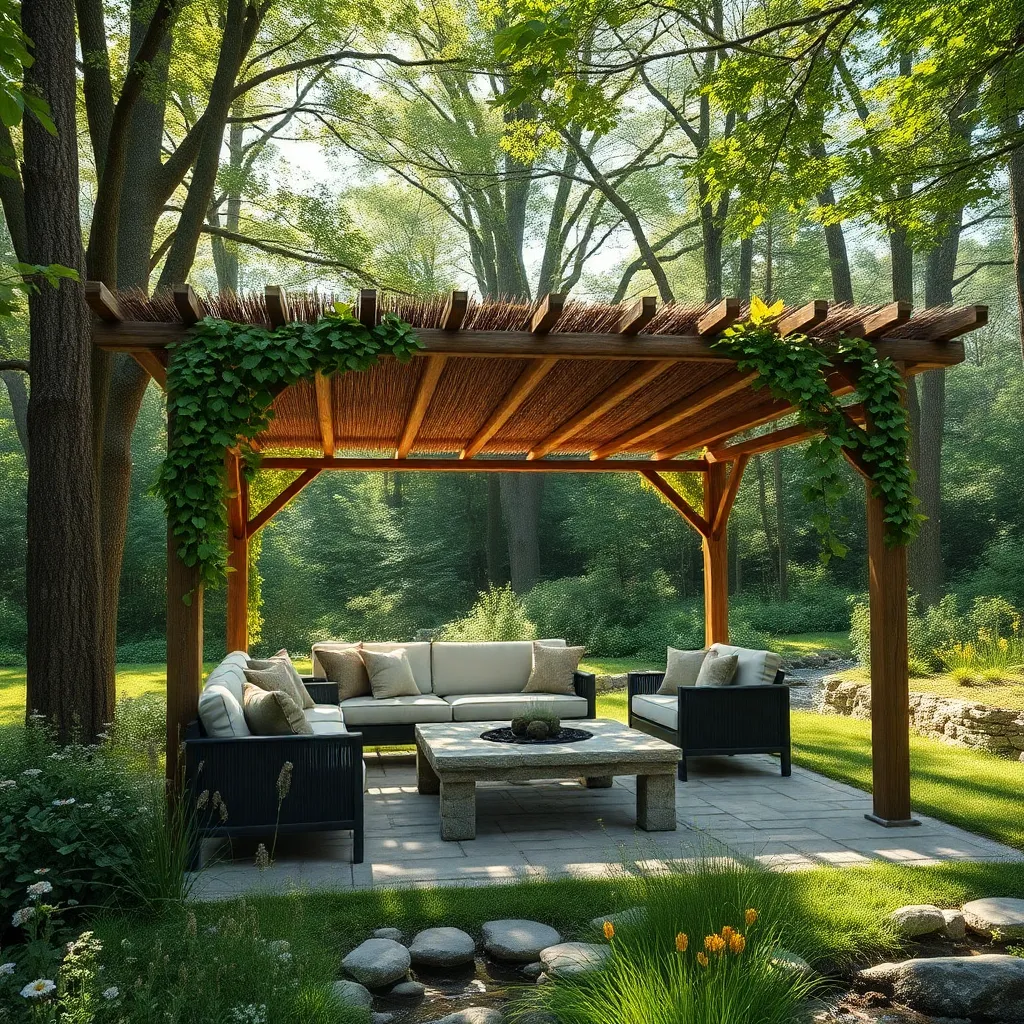
Creating a woodland canopy structure is an excellent way to utilize natural surroundings for a serene outdoor retreat. Start by using sustainably sourced timber for the frame, which can blend seamlessly with the forest environment. Consider using natural materials like cedar or redwood, known for their durability and resistance to decay. To achieve a harmonious design, select a natural or earth-toned canopy fabric that complements the woodland aesthetic. This approach not only ensures longevity but also maintains a low environmental footprint.
For construction, it’s crucial to ensure your canopy is both sturdy and weather-resistant. Beginners can opt for simple post and beam construction, while experienced builders might incorporate intricate joinery for added strength and visual interest. Make sure to anchor the posts securely, using concrete footings to prevent shifting.
- Tip for beginners: Pre-cut kits are available and can simplify the process.
- Advanced tip: Integrate LED lighting within the frame to create a magical evening atmosphere.
With thoughtful design and execution, your woodland canopy structure will provide a tranquil space that feels like an extension of the natural landscape.
Waterfront Blending Abodes
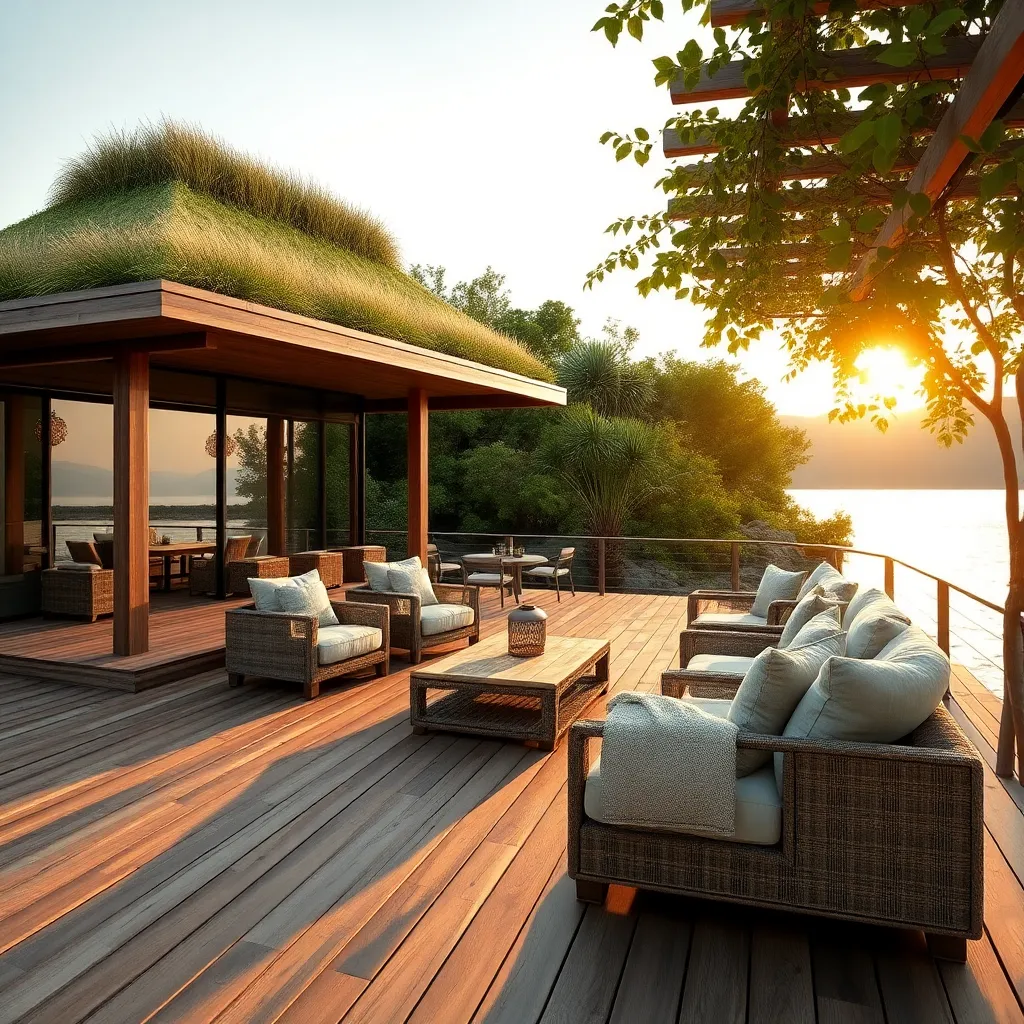
For those with a scenic waterfront view, creating a shelter that complements the natural beauty is essential. Consider building a shelter using natural materials like bamboo, driftwood, or weathered stone to seamlessly integrate with the surroundings. These materials not only provide durability but also blend with the aquatic landscape. Beginners can start with a simple pergola or gazebo, ensuring it is elevated slightly to account for potential water level changes. Advanced builders might incorporate a small deck or dock extension for a closer connection to the water.
Incorporating design elements such as open walls and large windows can maximize the view while maintaining a fresh, airy ambiance. Opt for a color palette inspired by the natural hues of the waterfront—think soft blues, greens, and neutral tones. To enhance functionality, consider adding retractable awnings or weather-resistant curtains for shade and privacy. For a touch of sophistication, integrate solar-powered lighting that highlights the shelter’s structure and illuminates the path leading to the water.
Organic Form Tent Designs
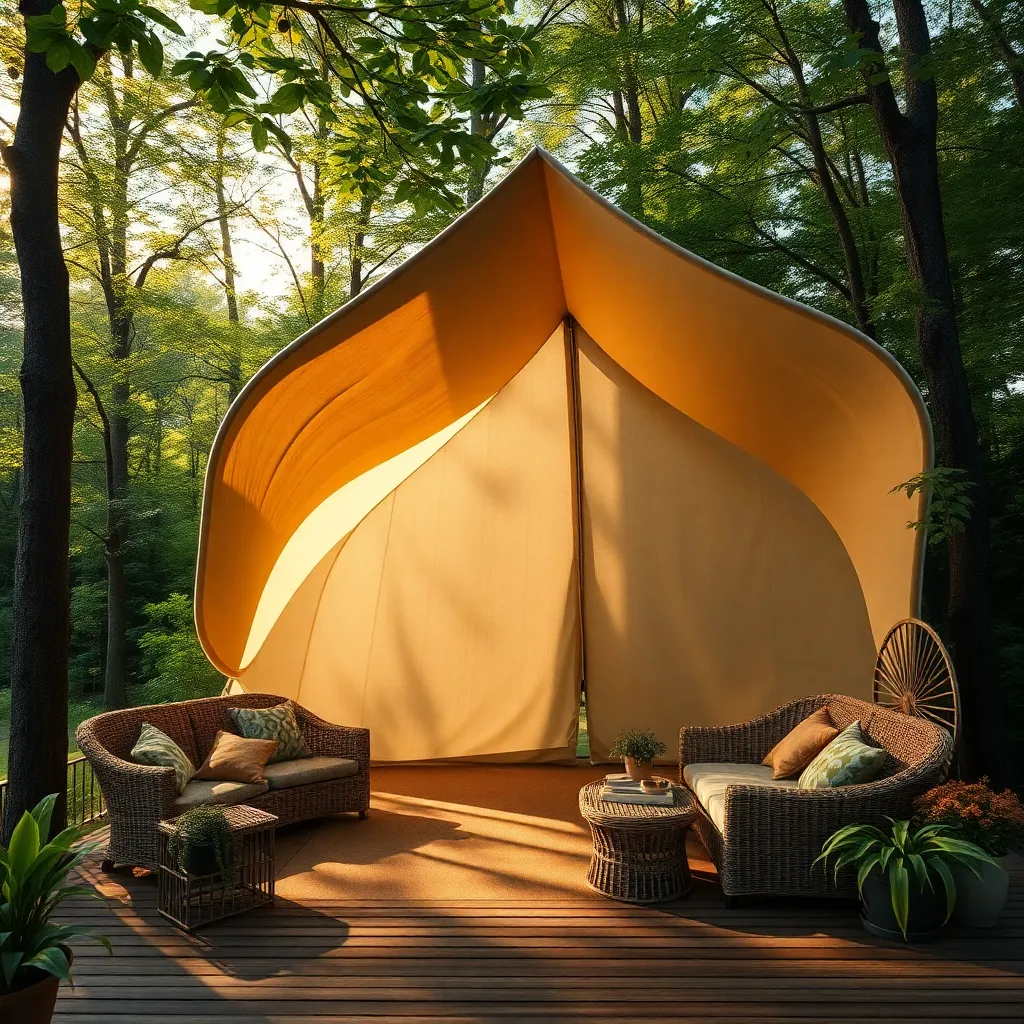
For those seeking to create an outdoor shelter that seems to spring naturally from its surroundings, organic form tent designs offer an enchanting solution. These shelters draw inspiration from the fluid shapes found in nature, using materials like bamboo, canvas, and willow to craft structures that appear as an extension of the landscape. Focus on choosing flexible materials that allow for curved lines and soft silhouettes, which not only blend seamlessly into the environment but also withstand the elements.
To construct your organic form tent, start with a simple framework using pliable materials such as bent willow branches or thin bamboo poles. Cover the structure with a weather-resistant fabric like canvas to ensure durability while maintaining an eco-friendly approach. Consider integrating additional elements like natural dyes or plant-based finishes to enhance the tent’s visual harmony with its surroundings. For more advanced builders, experimenting with tensioning techniques can add structural integrity and artistic flair, making these shelters both practical and aesthetically pleasing.
Conclusion: Creating Beautiful Outdoor Spaces
In exploring the ‘8 Shelter Designs That Blend into Nature,’ we uncover eight key relationship concepts: harmony, adaptability, resilience, simplicity, sustainability, balance, creativity, and rootedness. Each concept mirrors the way these architectural marvels seamlessly integrate with their surroundings, teaching us how relationships can flourish when aligned with natural principles. Harmony reminds us to seek unity in diversity, while adaptability and resilience guide us through life’s inevitable changes. Simplicity and sustainability encourage us to focus on what truly matters, whereas balance and creativity inspire us to nurture both stability and innovation. Lastly, rootedness underscores the importance of building a strong foundation.
As a next step, choose one of these principles to focus on today. Whether it’s fostering harmony or building resilience, take a small, intentional action to strengthen your connection with your partner or loved ones.
Remember, this journey toward deeper, more meaningful relationships is ongoing. Bookmark this article as a resource to revisit these essential concepts. As you do so, envision a future where your relationships thrive, supported by the wisdom of nature and the strength of your commitment. Together, let’s embrace the beauty of connections that are as enduring and harmonious as the natural world around us.

